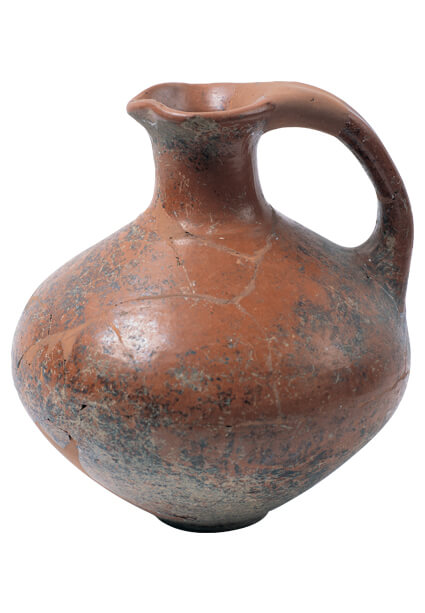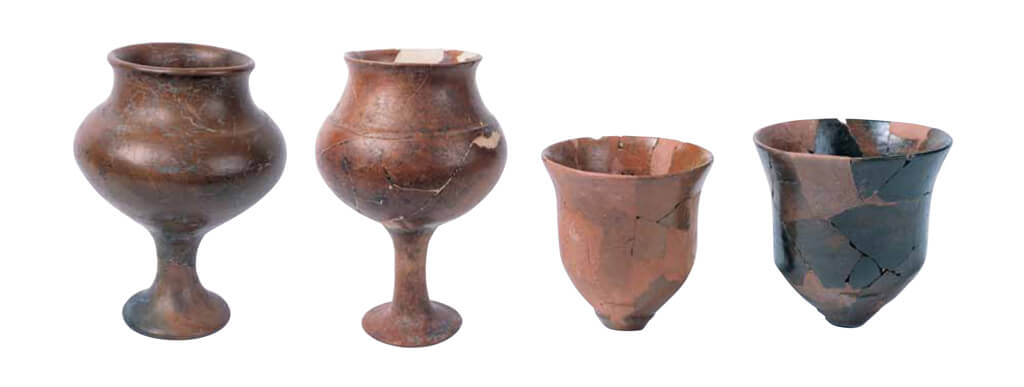The pottery found in the in-situ archaeological excavations in the centers such as Ayanis, Çavuştepe, Anzaf, Altıntepe, Toprakkale, Tuşpa (Van Castle), Adilcevaz/Kef Castle, Kayalıdere, Bastam, Arinberd (Erebuni) and Karmir-Blur is one of the most important reference points for the identification of the Urartian pottery. Also, the graves associated with the settlement areas of this period are also important sources of information.
Burnished red lined vessels constitute the most characteristic, identifiable pottery group of the Urartians. It is accepted that such terracotta vessels, also called “Palace Property”, Toprakkale Ware” or “Bianili Stoneware”, emerge as a product of a new production technology managed by the kingdom and address to the elite group which includes the executive class. However, it should be noted that the same kind of material group is rarely found in rural settlements and necropolises. Unlike previous periods, a thick priming and a very high quality glazing method were used. This finishing application, which creates a polished look on the vessel, can be seen in the qualities which vary according to the function or size of the vessel. It is understood that red, burnished
goods are used extensively in cantharuses with clover ports and in half-witted vessels such as cups/bowls or plates.
It is understood that potteries are produced depending on predetermined rules in central and large workshops due to their surface treatments, forms and standard sizes. This material group is considered to have been widely used and developed, especially since the 8th century BC, when the Urartian Kingdom took to the stage of history as an effective force. In addition to the Biainilian stoneward, vessels commonly found in the Urartu centers vary in color in the color of the surface color, buff, tile and Brown.
Simplicity in surface treatment is also seen in the form range. The form variety of the Urartian vessels can not be said to be too. In the form of simple semicircular bowls and cups, backboned bowls and cups, plates of the same form are commonly used daily open-mouthed vessels. Spherical bodied short-necked pots and bulging abdomen thin-necked clover mouthed pitcher and large store vessel/pitos, sometimes decorated with engraving or relief decoration form the most common types of vessels. Other less common forms are handled and without handled cups and glasses, flasks, lenger, combined cups, oil lamps. The special submittal vessels, which we describe as riton, are made in the form of animals and boots.
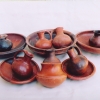
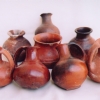
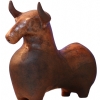
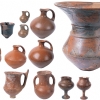
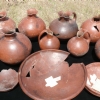
SÜRAHİ
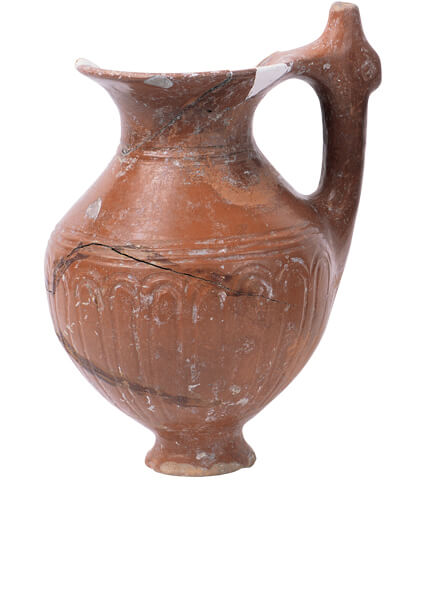
TESTİ
